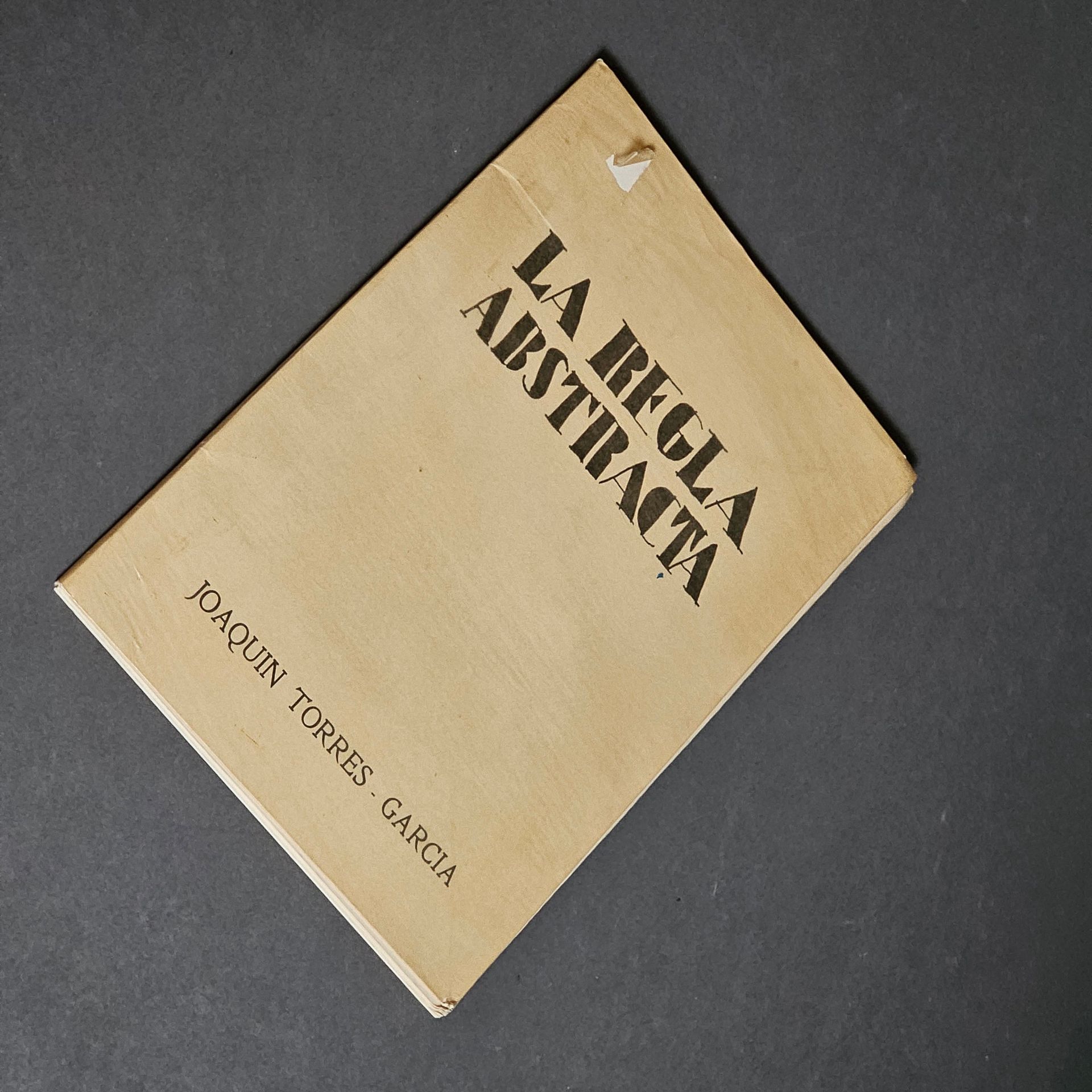Description
TORRES GARCIA (Joaquín). La Regla abstracta. S.l., ediciones Ellena Rosario, s.d. [1967]. In-4, leaves in filled cover, first separate edition of Torres Garcia's text, written in 1946, and originally published as an introduction in "Nueva Escuela de Arte de Uruguay". Illustrated with a woodcut. Text in Spanish with the artist's drawings reproduced, followed by the English translation. Limited edition of 403 numbered copies, this one no. 259.
19
TORRES GARCIA (Joaquín). La Regla abstracta. S.l., ediciones Ellena Rosario, s.d. [1967]. In-4, leaves in filled cover, first separate edition of Torres Garcia's text, written in 1946, and originally published as an introduction in "Nueva Escuela de Arte de Uruguay". Illustrated with a woodcut. Text in Spanish with the artist's drawings reproduced, followed by the English translation. Limited edition of 403 numbered copies, this one no. 259.
Vous aimerez peut-être
